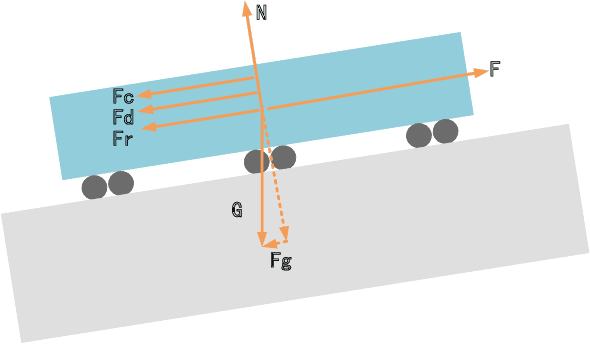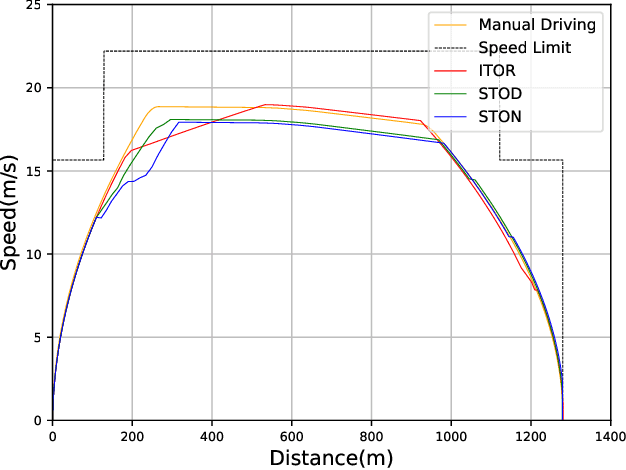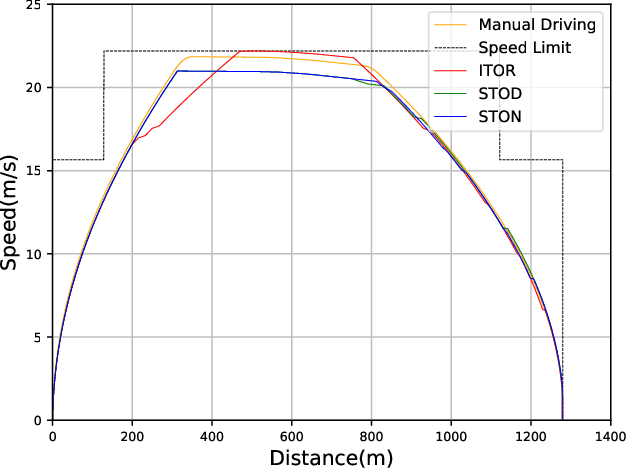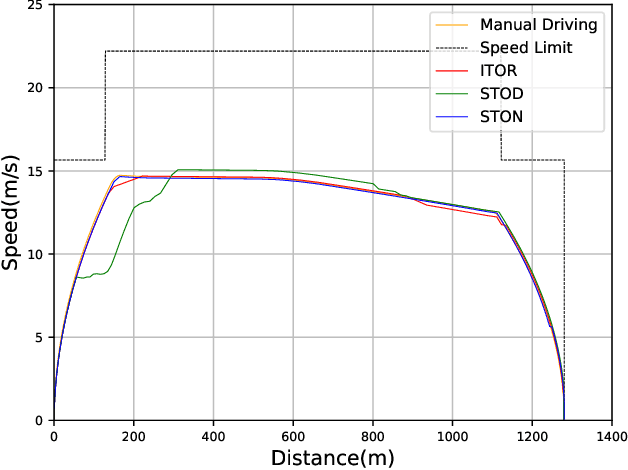Anke Xue
VGNC: Reducing the Overfitting of Sparse-view 3DGS via Validation-guided Gaussian Number Control
Apr 20, 2025Abstract:Sparse-view 3D reconstruction is a fundamental yet challenging task in practical 3D reconstruction applications. Recently, many methods based on the 3D Gaussian Splatting (3DGS) framework have been proposed to address sparse-view 3D reconstruction. Although these methods have made considerable advancements, they still show significant issues with overfitting. To reduce the overfitting, we introduce VGNC, a novel Validation-guided Gaussian Number Control (VGNC) approach based on generative novel view synthesis (NVS) models. To the best of our knowledge, this is the first attempt to alleviate the overfitting issue of sparse-view 3DGS with generative validation images. Specifically, we first introduce a validation image generation method based on a generative NVS model. We then propose a Gaussian number control strategy that utilizes generated validation images to determine the optimal Gaussian numbers, thereby reducing the issue of overfitting. We conducted detailed experiments on various sparse-view 3DGS baselines and datasets to evaluate the effectiveness of VGNC. Extensive experiments show that our approach not only reduces overfitting but also improves rendering quality on the test set while decreasing the number of Gaussian points. This reduction lowers storage demands and accelerates both training and rendering. The code will be released.
ThermalGaussian: Thermal 3D Gaussian Splatting
Sep 11, 2024



Abstract:Thermography is especially valuable for the military and other users of surveillance cameras. Some recent methods based on Neural Radiance Fields (NeRF) are proposed to reconstruct the thermal scenes in 3D from a set of thermal and RGB images. However, unlike NeRF, 3D Gaussian splatting (3DGS) prevails due to its rapid training and real-time rendering. In this work, we propose ThermalGaussian, the first thermal 3DGS approach capable of rendering high-quality images in RGB and thermal modalities. We first calibrate the RGB camera and the thermal camera to ensure that both modalities are accurately aligned. Subsequently, we use the registered images to learn the multimodal 3D Gaussians. To prevent the overfitting of any single modality, we introduce several multimodal regularization constraints. We also develop smoothing constraints tailored to the physical characteristics of the thermal modality. Besides, we contribute a real-world dataset named RGBT-Scenes, captured by a hand-hold thermal-infrared camera, facilitating future research on thermal scene reconstruction. We conduct comprehensive experiments to show that ThermalGaussian achieves photorealistic rendering of thermal images and improves the rendering quality of RGB images. With the proposed multimodal regularization constraints, we also reduced the model's storage cost by 90\%. The code and dataset will be released.
Smart Train Operation Algorithms based on Expert Knowledge and Reinforcement Learning
Mar 06, 2020



Abstract:During recent decades, the automatic train operation (ATO) system has been gradually adopted in many subway systems. On the one hand, it is more intelligent than traditional manual driving; on the other hand, it increases the energy consumption and decreases the riding comfort of the subway system. This paper proposes two smart train operation algorithms based on the combination of expert knowledge and reinforcement learning algorithms. Compared with previous works, smart train operation algorithms can realize the control of continuous action for the subway system and satisfy multiple objectives (the safety, the punctuality, the energy efficiency, and the riding comfort) without using an offline optimized speed profile. Firstly, through analyzing historical data of experienced subway drivers, we summarize the expert knowledge rules and build inference methods to guarantee the riding comfort, the punctuality and the safety of the subway system. Then we develop two algorithms to realize the control of continuous action and to ensure the energy efficiency of train operation. Among them, one is the smart train operation (STO) algorithm based on deep deterministic policy gradient named (STOD) and another is the smart train operation algorithm based on normalized advantage function (STON). Finally, we verify the performance of proposed algorithms via some numerical simulations with the real field data collected from the Yizhuang Line of the Beijing Subway and their performance will be compared with existing ATO algorithms. The results of numerical simulations show that the developed smart train operation systems are better than manual driving and existing ATO algorithms in respect of energy efficiency. In addition, STOD and STON have the ability to adapt to different trip times and different resistance conditions.
 Add to Chrome
Add to Chrome Add to Firefox
Add to Firefox Add to Edge
Add to Edge